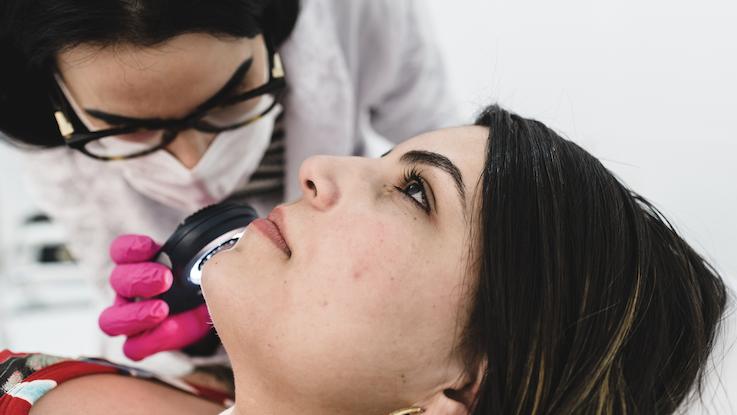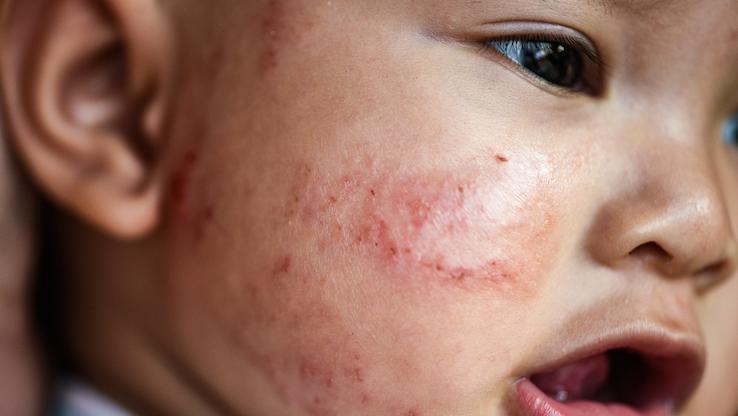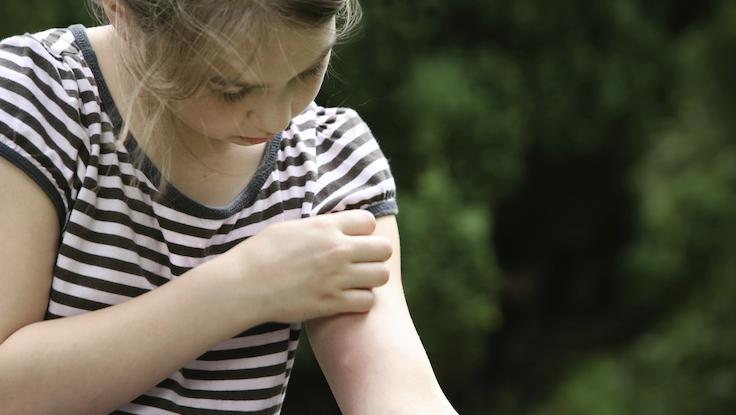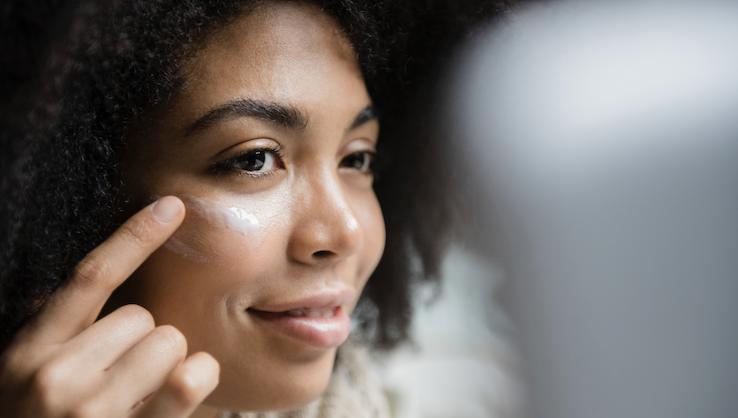
Some people use the terms “atopic dermatitis” and “eczema” to mean the same thing, while others describe atopic dermatitis as a type of eczema. Both words refer to a common skin condition that causes a red, itchy rash. Learn about atopic dermatitis and eczema — and how you can get relief from your symptoms.
What Is Atopic Dermatitis? Is It the Same as Eczema?
The naming of atopic dermatitis is a bit confusing. Your doctor may use “atopic dermatitis” and “eczema” interchangeably, or they may just use one term or the other to describe your condition. In fact, atopic dermatitis is the most common type of eczema.

Dermatitis is a broad term that means any inflammation or irritation of the skin — so most itchy, red rashes can be called dermatitis. Atopic dermatitis is a type of skin irritation that’s more common in children and people with allergies. But “atopic” means that it affects parts of your skin that haven’t come in direct contact with the things you’re allergic or sensitive to.
What’s the Difference Between Atopic Dermatitis and Other Types of Eczema?

Atopic dermatitis is just one type of eczema. The other types include:
- Contact dermatitis: Unlike atopic dermatitis, this type happens when your skin comes into direct contact with something you’re allergic or sensitive to, like laundry detergents, paint, bleach or ingredients in skincare products.
- Discoid eczema: This type usually happens on the lower legs and forearms. It causes circular, dry patches of skin, and doesn’t seem to be related to allergies.
- Pompholyx eczema: This type of eczema causes painful blisters and scaly patches of skin that flake or crack. It usually happens on the palms of the hands and soles of the feet.
- Seborrheic eczema: This type of eczema affects oily parts of the skin like the scalp, chest and sides of the nose. Dandruff is just another name for mild seborrheic eczema on the scalp.
What Are the Symptoms of Atopic Dermatitis?

The most prominent signs of all types of dermatitis are itchiness and redness on your skin. Some people also notice dry or scaly areas on their skin. Dermatitis is most common in places where your skin folds and stretches — like the inner elbow, neck, face, inside of the wrists and back of the knees.
Symptoms of atopic dermatitis tend to come and go. You may have flares, or times when your symptoms suddenly get worse, followed by stretches of time without symptoms.
What Are the Treatments for Atopic Dermatitis?

There’s no cure for atopic dermatitis. But there are effective treatments as well as several home remedies that can help ease your symptoms. Most people with atopic dermatitis use thick creams (called ointments or emollients) to keep their skin moisturized and their symptoms under control. Doctors recommend using these creams at night because they can leave residue on clothing.
During a flare of atopic dermatitis, your doctor may prescribe a steroid cream to help control your immune system and reduce inflammation. Your doctor may suggest using steroids in combination with ultraviolet (UV) light therapy.
You can also work with your doctor to figure out what triggers your symptoms. Common triggers include fragrances, laundry detergents and soaps. Stress can also be a trigger. Once you know what causes flares, you can make a plan to avoid these things and get your symptoms under control.
Resource Links:
- “Types of Eczema” via National Eczema Foundation
- “Dermatitis” via Cleveland Clinic
- “Atopic Dermatitis” via National Institute of Arthritis and Musculoskeletal and Skin Diseases





